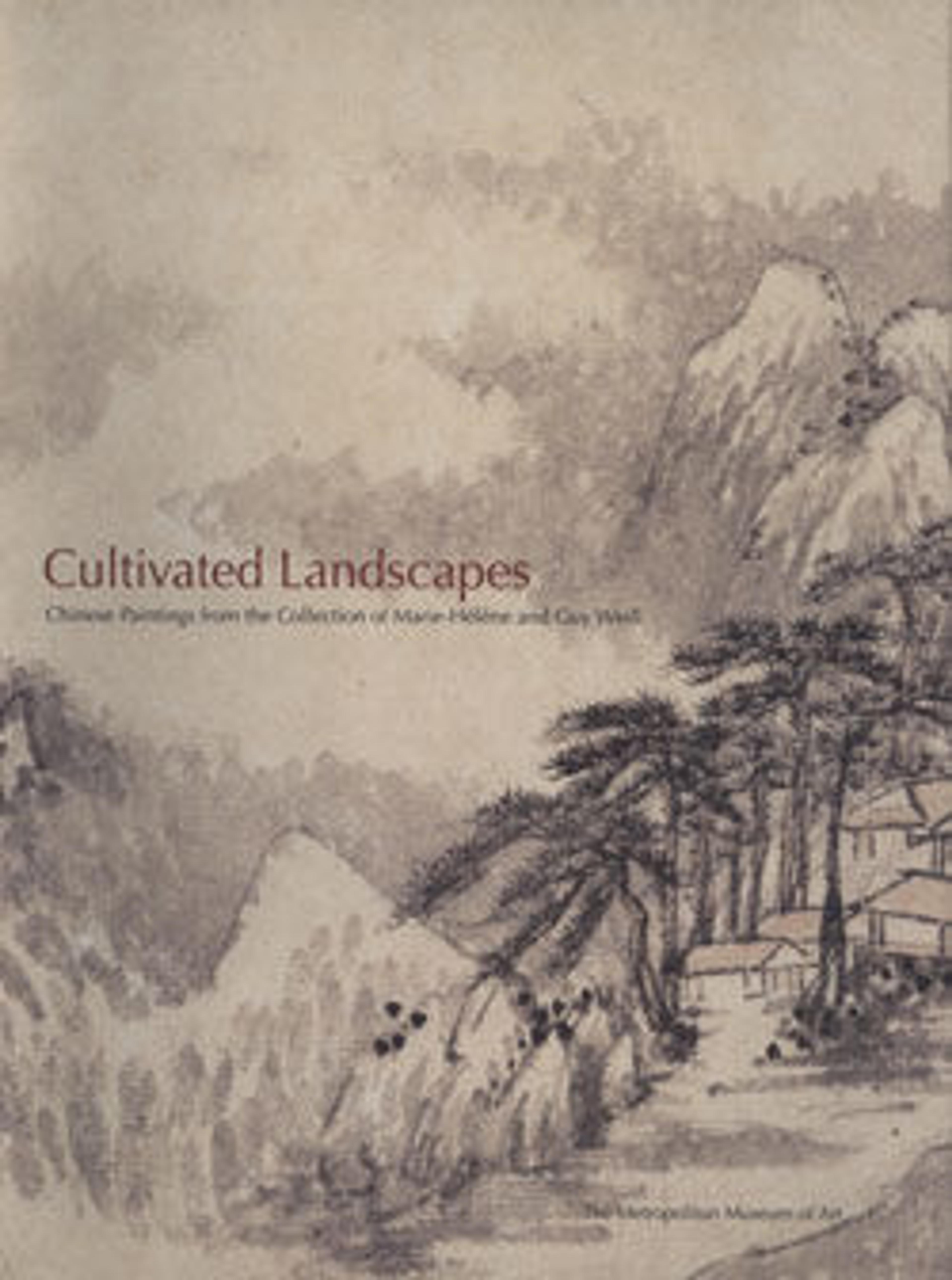The Stone Bridge
Zhang Feng's father, a military governor, died in 1631 while defending the Ming dynasty against Manchu incursions. After the fall of the Ming in 1644, Zhang withdrew from society and entered the Buddhist church. This painting, one of Zhang's last dated works, epitomizes the bold, free brush manner of his maturity. It shows a lone scholar in a wintry landscape. Clutching a staff with hands drawn into his sleeves to protect them from the cold, he stands erect and motionless beside a stone bridge. The imagery recalls the natural stone arch at Mount Tiantai, a site sacred to Buddhists. Legend has it that anyone who succeeds in crossing the slippery arch will enter paradise and become an immortal. Zhang's autobiographical figure can neither attain paradise nor return whence he came; he is riveted to the harsh reality of the present, where he must face both his limitations and his mortality.
Zhang's inscription reinforces the tension between the figure and his world:
Who is it gripping an iron staff in the jade spray
The torrent's waters ringing beneath the stone bridge?
Snow, like flowers' souls, flies about without pause;
The spring wind still awaits the mountain man's summons.
From the poem it becomes clear that spring's renewal is not forthcoming—the scholar—recluse in the painting is no more able to summon the spring wind than Zhang is capable of restoring the fallen Ming.
Zhang's inscription reinforces the tension between the figure and his world:
Who is it gripping an iron staff in the jade spray
The torrent's waters ringing beneath the stone bridge?
Snow, like flowers' souls, flies about without pause;
The spring wind still awaits the mountain man's summons.
From the poem it becomes clear that spring's renewal is not forthcoming—the scholar—recluse in the painting is no more able to summon the spring wind than Zhang is capable of restoring the fallen Ming.
Artwork Details
- 清 倣張風 石橋圖 軸
- Title: The Stone Bridge
- Artist: Zhang Feng (Chinese, active ca. 1628–1662)
- Period: Qing dynasty (1644–1911)
- Date: dated 1661
- Culture: China
- Medium: Hanging scroll; ink on paper
- Dimensions: Image: 60 3/4 × 18 5/16 in. (154.3 × 46.5 cm)
Overall with mounting: 86 3/4 × 25 3/4 in. (220.3 × 65.4 cm)
Overall with knobs: 86 3/4 × 29 1/2 in. (220.3 × 74.9 cm) - Classification: Paintings
- Credit Line: Ex coll.: C. C. Wang Family, Purchase, Friends of Asian Art Gifts, The Dillon Fund Gift and Anonymous Gift, 1993
- Object Number: 1993.202
- Curatorial Department: Asian Art
More Artwork
Research Resources
The Met provides unparalleled resources for research and welcomes an international community of students and scholars. The Met's Open Access API is where creators and researchers can connect to the The Met collection. Open Access data and public domain images are available for unrestricted commercial and noncommercial use without permission or fee.
To request images under copyright and other restrictions, please use this Image Request form.
Feedback
We continue to research and examine historical and cultural context for objects in The Met collection. If you have comments or questions about this object record, please contact us using the form below. The Museum looks forward to receiving your comments.
